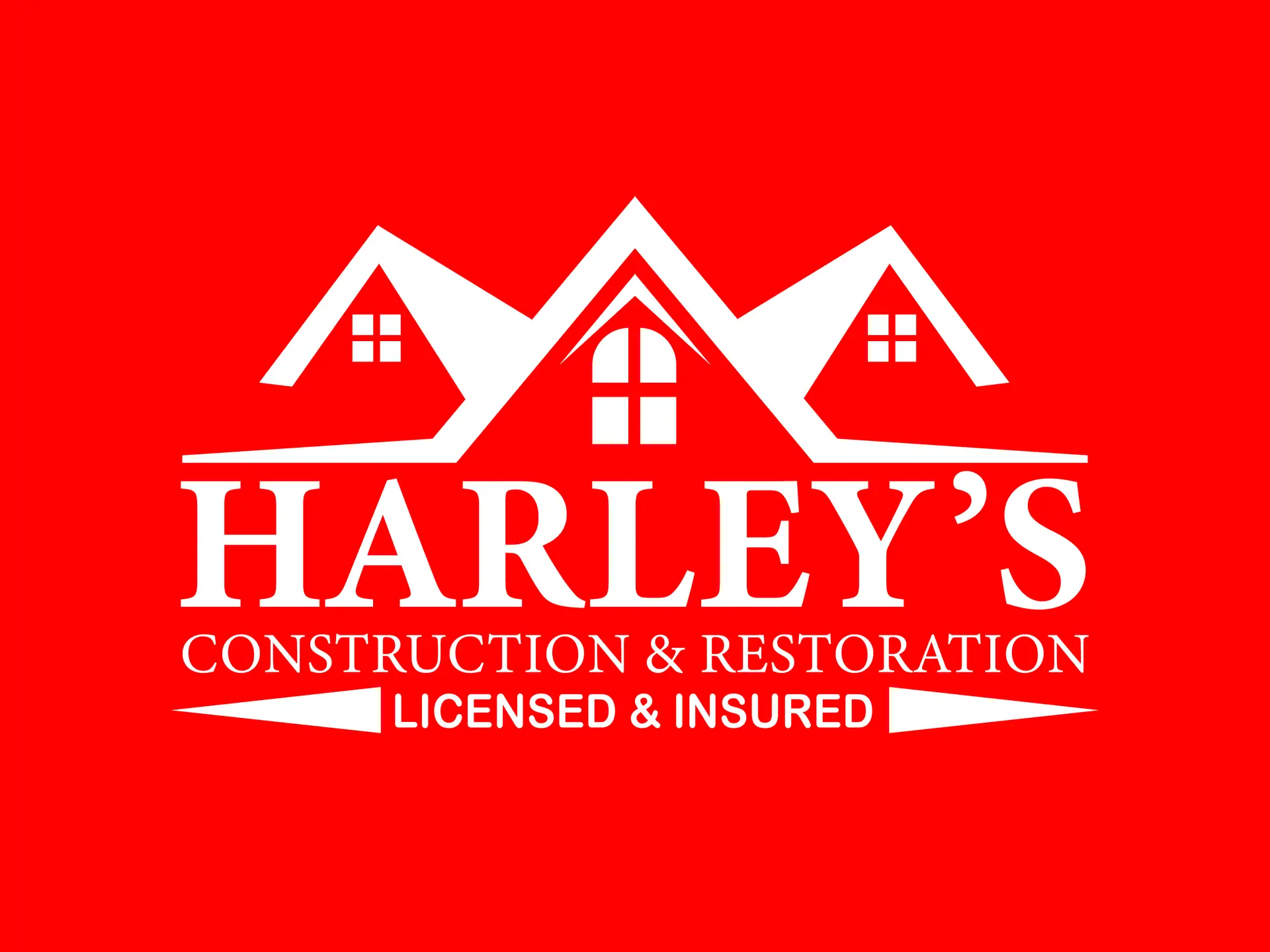
Step 1 The first step is you need to assess if the storm damaged your home or other property, and if you have enough storm damage to warrant a claim. We provided you a step by step guide to assessing your property from the ground.
Step 2 Call the insurance company and let them know your home was damaged in the storm. At this time they’ll make the claim with you over the phone and schedule to send out an Insurance Adjuster. The adjuster works for the insurance company , he will be assessing the damage on their behalf. He will put together a line by line report itemizing each item on your property that was damaged and the insurance companies estimate on repairing the damaged items. If you disagree with the adjuster on any of the repair items, or the cost to address the repairs, you may have to follow additional steps to get the adjuster to cover all the damage properly. Once you have a good idea of what was covered by the insurance company , and the amount they agreed to pay, the next step is..
Step 3 . Gather bids. Once you establish what will be repaired, you will need to have contractors out for bids on the various items that were damaged. I would recommend having specialty contractors out for each trade. If the bid the contractor gives you is different than the insurance companies estimate you may have to address that with your adjuster. You may need Documentation from the contractor stating why his estimate is higher, what extra steps he needed to include to handle your project properly, and why those steps are needed , in order to have the insurance company pay for them. Otherwise you may be coming out of the pocket for some of these repairs. Once you have your contractors in line and your bids together the next step is..
Step 4.the construction process. Once you and the insurance company settle on an amount of money it will take to repair your home, the replacement cost value or the RVC, you need to start the repairs. Insurance companies typically send out your adjustment in 2 checks, the 1st check being the actual cash value or the ACV. This is the amount of money your damaged property is worth at the time they were damaged, minus your deductible. Your deductible is the amount of money you agreed to cover out of the claim, usually 500 to 1000, whatever you worked out with your agent at the time you set up your policy. After everything is replaced you can recover the depreciation, which is the difference between the RCV and the ACV. but we will cover that later. So for now you have the actual cash value amount to disperse to the contractors as needed so they can get the project started. Contractors down payments may vary but most require half down and half on completion. Now all your contractors are selected and deposits are given you need to move to step 5.
Step 5.Scheduling. Scheduling is a very important part of the process. You should schedule the project so the one trade does not overlap the other as to where they are in each other’s way but if multiple projects can be handled at the same time it’s a good idea to do so. Also make sure the trades that need to be done 1st are being done 1st like for instance if you have roof siding and gutters you would want to schedule the roof before the siding so falling debris doesn’t damage your new siding and so on. Depending on how your project is going you may need the bonus step
Supplements. There may be unforeseen damages that get uncovered in the construction process or items that need to be repaired or replaced that weren’t expected from the original estimate. These items are called Supplements. Once they’re uncovered the insurance company should be notified right away. They need to be examined to see where the obligation lies, is it with you the homeowner to pay, or should the carrier have to pay the bill for the hidden damages. New bills may need to be made . Even if the insurance company has to pay you may have to cover the bill initially and be reimbursed by the insurance company after the project is complete. Once all construction is completed it’s time to move to the next step..
6.Finalizing the construction process. This is when you want a building inspector to come out and inspect each trade to ensure the work was done properly and up to city code. Unless you have a different agreement, each contractor will be expecting to be paid the final amount due minus the down-payment you gave them from your ACV check after the work has passed inspection. The final step is..
7. Invoicing You will also need final pictures of each trade to send to the insurance company and final paid invoices from each contractor to submit to the insurance company for reimbursement. It can take from 1 to 10 weeks to be reimbursed for the final amounts, depending on the insurance company, how busy they are, and how competent your adjuster is. I would contact the insurance carrier after a couple days to ensure they have everything they need from you to process the payment and if they are missing anything get it over to them right away , the smallest things can hold up the final check. Once you receive the final check it may have your mortgage company on it as well, and you will need to verify to them the repairs are completed before they sign off. Once that’s done the process is complete. You can go through all this on your own or you can just let us handle it for you.
